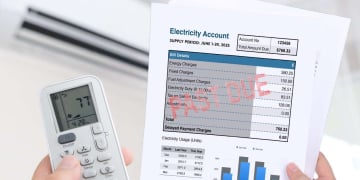In June 2025, Supplemental Security Income (SSI) recipients did not receive a deposit that month. The usual payment date, the 1st, fell on a Sunday. The Social Security Administration (SSA) moved the payment to Friday, May 30. This measure avoided a technical delay in the delivery of the funds.
Although the payment was made, being delivered in May created the perception that the June benefit was “missing.” This phenomenon is a direct result of the SSA’s policy on the first day being a non-business day. The deposit is moved to the immediately preceding business day.
SSI sends double payments in some months: the full 2025 schedule
This dynamic of the SSI payment schedule can create what some refer to as “double payments,” but technically they are not exactly double payments, because there is no “extra” money sent to beneficiaries. This occurs when the first day of a month falls on a weekend or federal holiday.
The deposit scheduled for that day is moved forward to the last business day of the immediately preceding month. Thus, beneficiaries receive two sums in a single month and, consequently, no further payments the following month.
Months in the second half of 2025 with double SSI payments
In the second half of 2025, SSI beneficiaries will experience double payments in August and October. The September payment, whose first falls on Labor Day, will be advanced to the last business day of August. Similarly, the November payment, since the first falls on a Saturday, will be deposited at the end of October.
On the other hand, September and November will be months without SSI payments, as their respective benefits were advanced in August and October. This adjustment does not imply a loss of funds, but rather a change in the delivery schedule. The SSA maintains this mechanism to ensure that payments arrive before the 1st of each month.
Who qualifies for Supplemental Security Income (SSI)
Elderly, blind (of any age), or disabled (of any age) individuals may apply for SSI benefits, as long as they can demonstrate that they have limited resources and need extra help to make ends meet.
In total, each single beneficiary will receive 12 payments of up to $967 over the 12 months of 2025, while a couple applying jointly will receive a total of 12 payments of up to $1,450.
A third category is allocated to beneficiaries who receive assistance from an “essential support person”; that is, this person assists a person who has some type of disability that prevents them from performing the most basic activities of daily living on their own.




